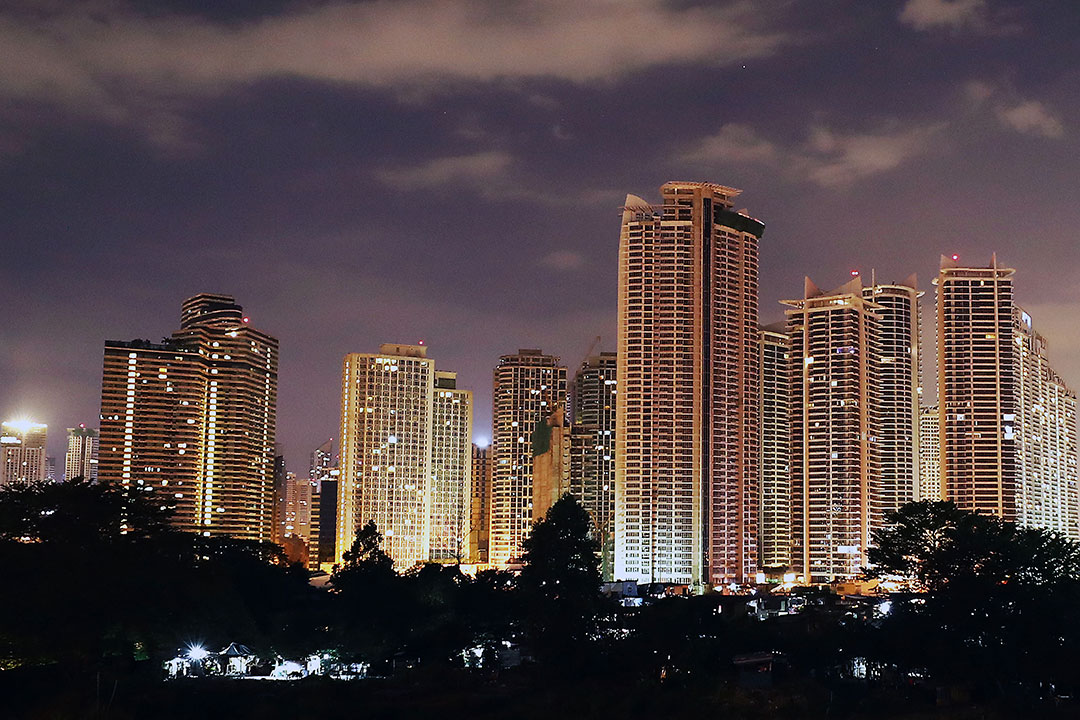PHL growth expected to pick up in 2024

THE PHILIPPINES is expected to post improved gross domestic product (GDP) growth this year due to robust infrastructure spending, but growth will likely remain below the government’s target of 6.5-7.5% due to high interest rates and weak external demand.
Nomura Global Markets Research in a report dated Jan. 12 said GDP may improve to 5.8% in 2024 from an estimated 5.2% in 2023. The research firm kept its growth forecasts unchanged for the Philippines.
“The main growth engine is public infrastructure spending, which is likely to gather momentum after a slow start,” Nomura said.
The economy grew 5.9% in the third quarter, accelerating from the 4.3% posted in the second quarter. In the first nine months, economic growth averaged 5.5%, still below the government’s 6-7% full-year target for 2023.
Government spending jumped 6.7% in the third quarter, against 0.7% a year earlier and a turnaround from the 7.1% contraction in the second quarter.
Meanwhile, household consumption hit a two-year low of 5%, from 8% a year earlier and 5.5% in the preceding quarter.
“Private consumption is likely to be held back by high interest rates, which should persist for a while, while export growth will likely be modest, given our global growth forecasts,” Nomura said.
The Bangko Sentral ng Pilipinas (BSP) raised borrowing costs by 450 basis points (bps), bringing the key interest rate to a 16-year high of 6.5%.
The overall year-on-year increase in prices of widely-used goods and services slowed to a 22-month low of 3.9% in December, from 4.1% in November and 8.1% a year earlier.
However, inflation averaged 6% in 2023, accelerating from the 5.8% posted in 2022. This marked the second straight year that inflation had breached the BSP’s 2-4% target band.
The 6% reading was the highest in 14 years, or since the 8.2% average in 2008, at the height of the global financial crisis.
“We forecast inflation at 3.5% year on year in 2024, down from 6% in 2023, with base effects set to become more favorable over the next few months, particularly for food inflation,” Nomura said.
On the other hand, while inflation returned to the BSP’s 2-4% target band in December, the central bank is unlikely to start cutting policy rates in the near term.
“We reiterate our forecast for BSP to start cutting only in August, when we expect inflation to become more entrenched within the target. We forecast a total of 150 bp in rate cuts from BSP through the first quarter of 2025 to a terminal rate of 5%,” it said.
In a note dated Jan. 12, GlobalSource Partners Country Analyst Diwa C. Guinigundo said inflation remains the topmost concern of most Filipinos, citing a December survey from Pulse Asia Research, Inc.
“With rice being the staple food of most Filipinos, movements in its price significantly affect consumers’ views of the government’s ability to control inflation. The same dynamics could have been driven by selected basic items like onions and garlic, and key fuel prices,” Mr. Guinigundo said.
“Households and even firms may have moved out of the so-called zone of ‘rational inattention.’ Outside of such a zone, inflation, no matter how much it establishes a downtrend, could have limited influence on their behavior,” he added.
Meanwhile, HSBC economist for ASEAN (Association of Southeast Asian Nations) Aris D. Dacanay said Philippine GDP may expand by 5.3% in 2024, unchanged from 2023.
“The growth forecast is lower than government targets. It’s not to say that reaching the target is impossible. But it’s a very tall order given the global headwinds that we have today,” Mr. Dacanay said.
He said countries will be experiencing slowdowns due to weak external demand from the US and China.
However, at 5.3% the Philippines is poised to become the fastest growing economy in ASEAN for 2023 and the second fastest in 2024, after Vietnam, he said. This is due to the country’s robust labor force.
The Philippine Statistics Authority estimates that unemployment fell to 3.6% in November from 4.2% a month prior. It was the lowest reading since 2005.
The number of unemployed declined 12.3% or 257,000 jobless to 1.83 million in November compared with October. It was also 15.8% or 343,000 lower than the 2.18 million reported in November 2022.
In the first 11 months, the unemployment rate was 4.5%, well below the 5.3-6.4% government target. — Keisha B. Ta-asan



